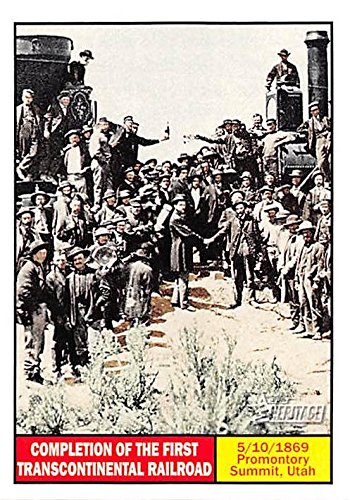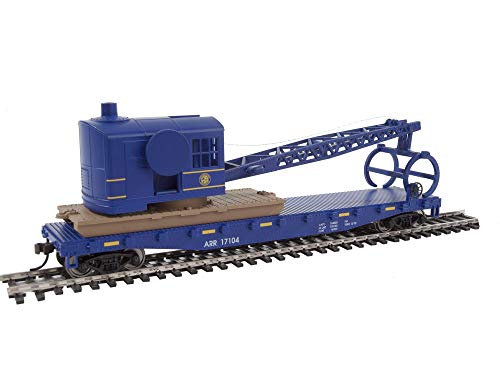No. Chicagoland to Lorton with through service connects the Midwest and lower Northeast/upper Southeast (DC, Baltimore, Richmond, plausibly some folks as far afield as Philly or Raleigh) in one day, and connects Chicagoland to Sanford in two days. If you go direct from Chicagoland to Sanford, you still connect in two days, but it takes you three days to reach Lorton/Washington.
You can also cheat, moving the new depot far enough south and east along your preferred corridor to claw back some buffer time, keep your turnarounds workable but short and equipment utilization high, and to stay clear of the Chicago south of the lake traffic jam.






















































